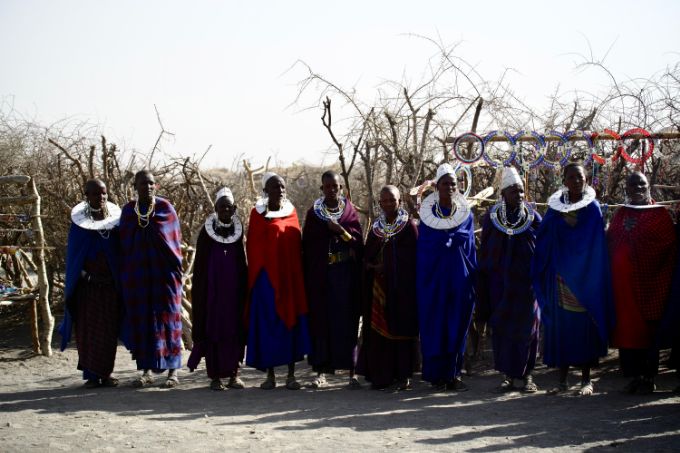Eliminating the gender gap
A 2016 study on internet usage suggested that there are 250 million more men online than women. The lion’s share of women who are not online belong to the Arab states and Africa.

In order to narrow the digital divide, it is imperative that women receive special attention so that more women are able to access the internet.
What’s more, in low-income countries, there are more women without mobile phones than men. This pushes the problem further down the spiral of complexity. Government, as well as non-Government entities, must assume the responsibility of close this gap.
Additionally, dealing with problems like poverty and spreading awareness among the public will also further the larger goal of narrowing the digital divide.
Making internet access affordable
Both developing and developed countries face a common barrier to internet adoption – affordability. There are large groups of people who are unable to access the internet because of the costs involved. The costs are not limited to what the internet service providers charge. There are other costs such as the purchase of smartphones or computers, electricity, taxes, among others.
To eliminate the affordability barrier, Governments could provide subsidies on digital goods or provide financing for the purchase of new technological tools to low-income groups.









